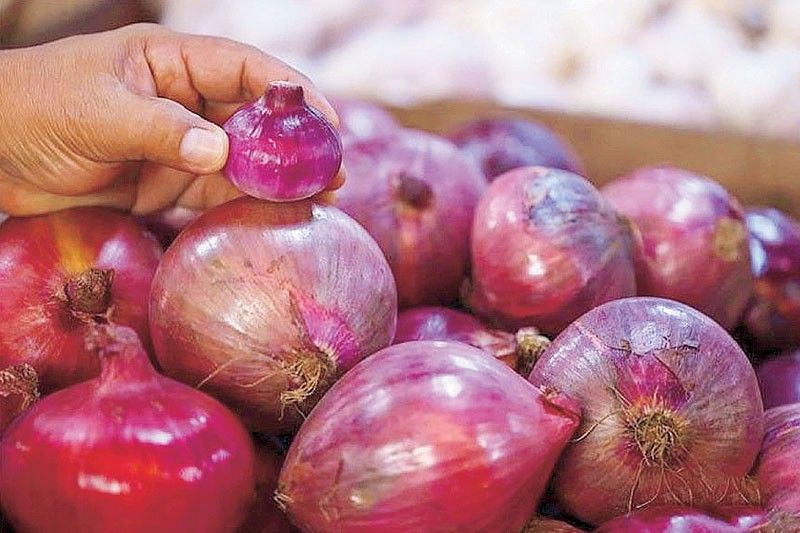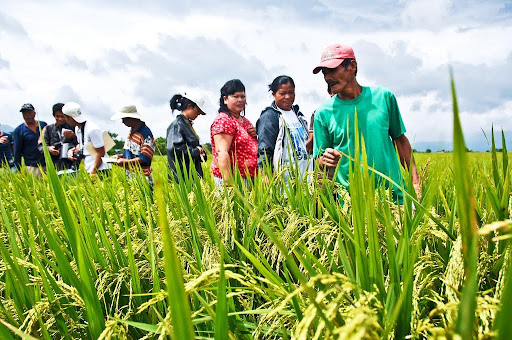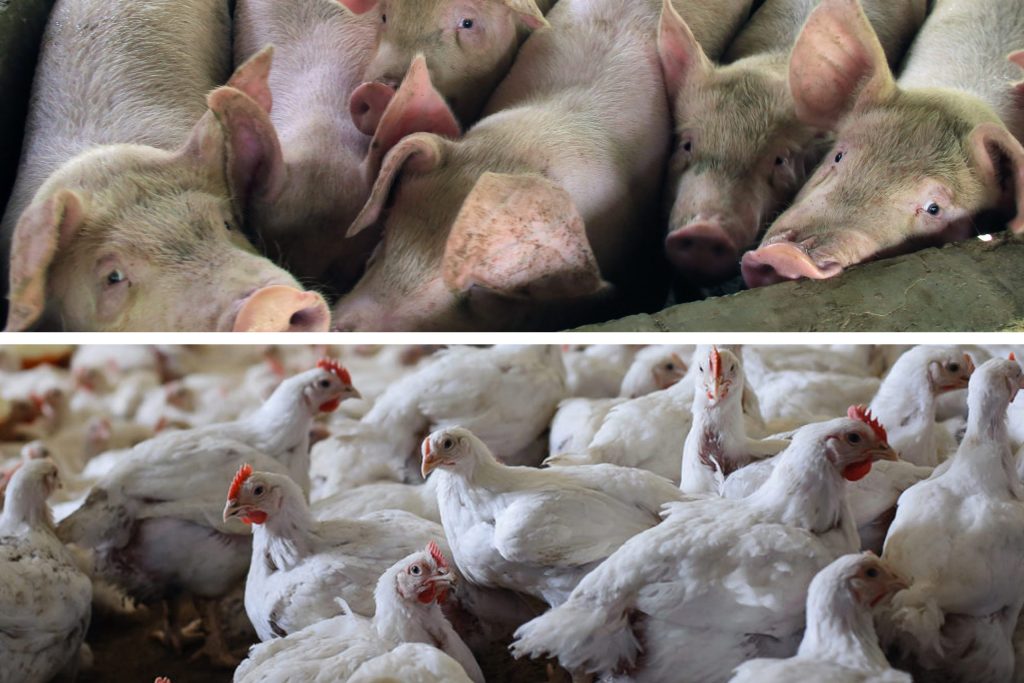Exploring Onion Production Surge: Implications on Prices, Import Ban Extension, and Farmer Support Initiatives

Anticipated Increase of Onion Output in Q2
On May 20, 2024, the Department of Agriculture (DA) reported their forecast that the country’s onion production would increase this second quarter (Q2) of 2024, anticipating a 105.28% growth from 84,903.99 metric tons (MT) recorded in Q2 of 2023 to 174,288.98 MT this year. Agriculture Undersecretary Cheryl Marie Natividad-Caballero attributed the expected increase to the expansion of areas allotted for onion production in the Central Luzon region. In Nueva Ecija alone, planted areas with onions rose to around 13,000 hectares (Ha) from at least 9,000 Ha.
Based on the reported estimates of DA, the bulk of the harvest in Q2 will be red onions, nearly 150,000 MT, while 10,027.63 MT will be yellow onions, and 209 MT will be shallots. Most of the harvest was expected in April, reaching about 141,000 MT, followed by a 17,803 MT harvest in May and a 15,364 MT harvest in June. If the agency’s projections materialize, this would boost the country’s total onion output in the first half alone to over 370,000 MT, the highest in history and more than enough to meet the country’s estimated onion requirement between 270,000 MT and 300,000 MT. While the increase in production levels will help stabilize consumer prices of onions in the market, local farmers may face lower farmgate prices due to the oversupply, impacting their revenue.
Decreasing Farm Gate Prices of Onion
On May 20, 2024, the Philippine Chamber of Agriculture and Food Inc. (PCAFI) noted that the expected surge in onion production might depress farmgate prices. DA confirmed the decline in farmgate prices of onions in Oriental Mindoro, attributed to oversupply, with prices dropping from a range of Php 45 to Php 55 per kilogram (kg) in March to Php 25 to Php 33 per kg in April. Meanwhile, the retail price of local red onions decreased by 8.33% from a price of Php 65 per kg in April to Php 60 per kg in May, while the retail price of local white onions decreased by 50% from Php 120 per kg in April to Php 60 per kg in May, according to DA.
Importation Ban Extended Until July
On May 21, 2024, DA announced extending the onion importation ban until July due to stable local supply and prices in May and the following months. Agriculture Secretary Francisco Tiu Laurel Jr. assured that cold storage facilities in onion-producing areas are full and retail prices in the market are low, providing no reason for importation. Importation will only be considered in the event of a sudden price spike or if domestic supply falls short due to unscrupulous traders.
In December 2023, the DA imported 100 MT of onions, which arrived in the country in January of this year, adding to the fresh harvest and resulting in an oversupply of onions. This prompted the initial implementation of the onion importation ban from January to May to prevent further depression of retail prices due to oversupply. However, farmers may face challenges if oversupply persists, affecting farmgate prices.
Call for Prioritizing Onion Farmers
On May 21, 2024, DA reported that they are providing marketing support to onion farmers in response to the call for support by Congressman Wilbert Lee last April. The call emphasized the need to prioritize onion farmers in the country by assisting in production to marketing, including access to cheaper farm inputs, fuel subsidies, more post-harvest facilities like cold storage, and market linkages for faster delivery of goods. The congressman also added the need to protect the onion industry from price manipulators, smugglers, and hoarders to prevent retail prices of onions from suddenly increasing as they are threats to farmers and consumers because they cause instability in market prices.
DA and its regional offices are assisting onion farmers in marketing their produce by connecting them to their Food Terminal Inc. (FTIs), where they can bring and store their onions. The oversupply underscores the importance of strategic marketing in managing the surplus effectively. Maintaining stable retail prices benefits consumers but emphasizes the need to balance production with demand to protect farmers. Farmers are advised to diversify crops and explore cooperative selling and alternative markets to mitigate price impacts.
References: Arcalas, J.E. (2024, May 20). Onion prices may drop on bumper harvest. The Philippine Star. Retrieved May 20, 2024 from https://www.philstar.com/business/2024/05/20/2356363/onion-prices-may-drop-bumper-harvest
Basilio, K.C.L. (2024, April 9). Support onion farmers — lawmaker. Business World. Retrieved May 24, 2024 from https://www.bworldonline.com/the-nation/2024/04/09/587069/support-onion-farmers-lawmaker/
Cariaso, B. (2024, April 20). Oversupply pulls down onion farmgate price. The Philippine Star. Retrieved May 20, 2024 from https://www.philstar.com/nation/2024/04/15/2347695/oversupply-pulls-down-onion-farmgate-priceLagare, J.B. (2024, May 21). DA: Onion import ban extended to July. The Philippine Daily Inquirer. Retrieved May 21, 2024 from https://newsinfo.inquirer.net/1942780/da-onion-import-ban-extended-to-july


